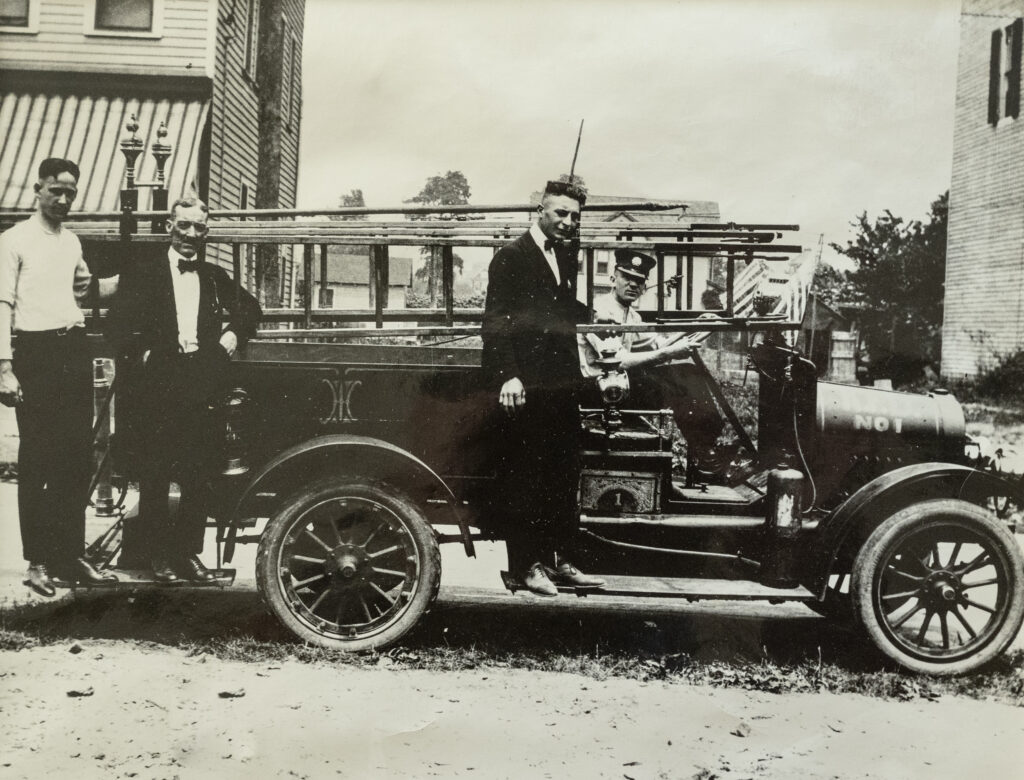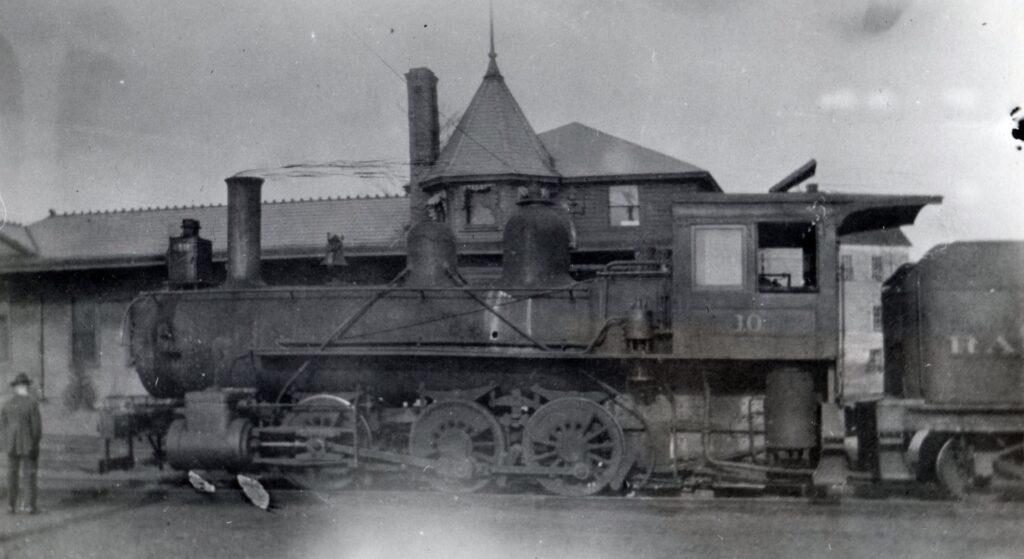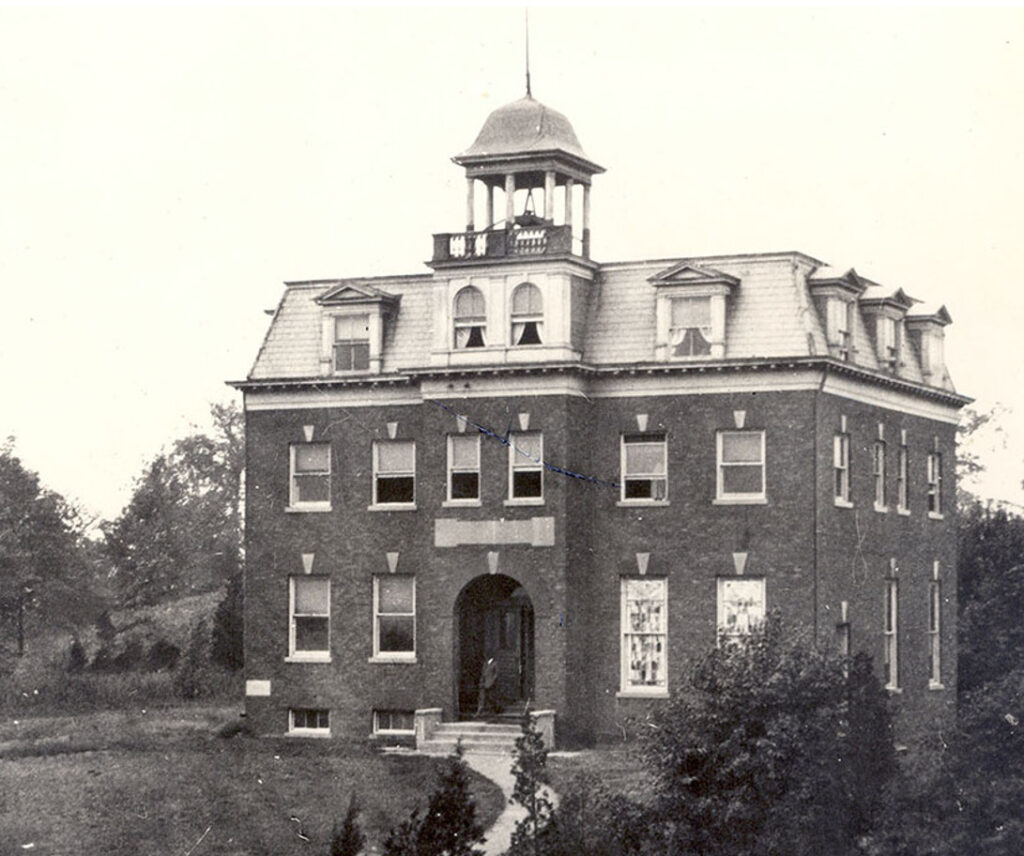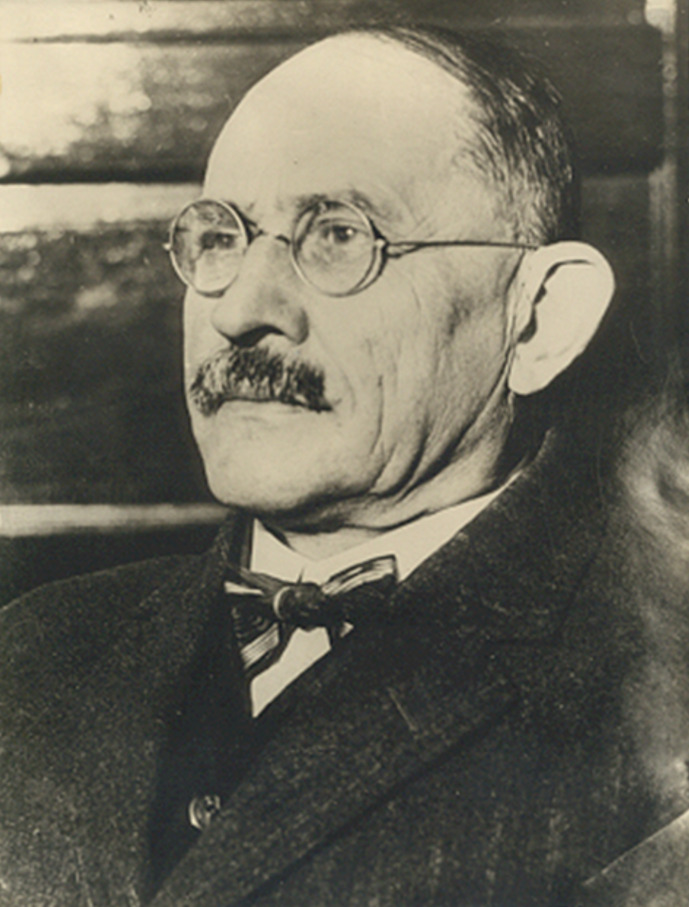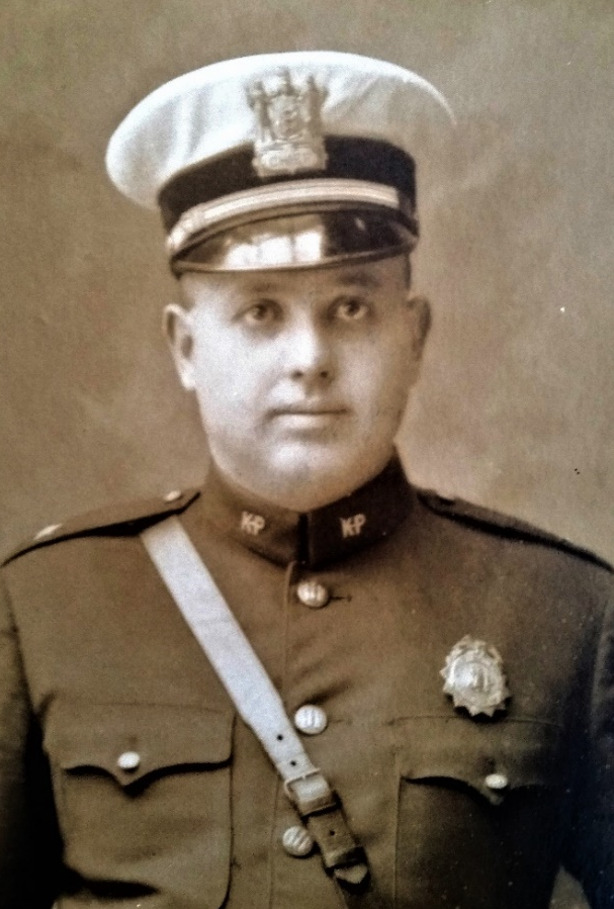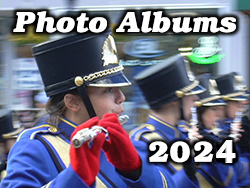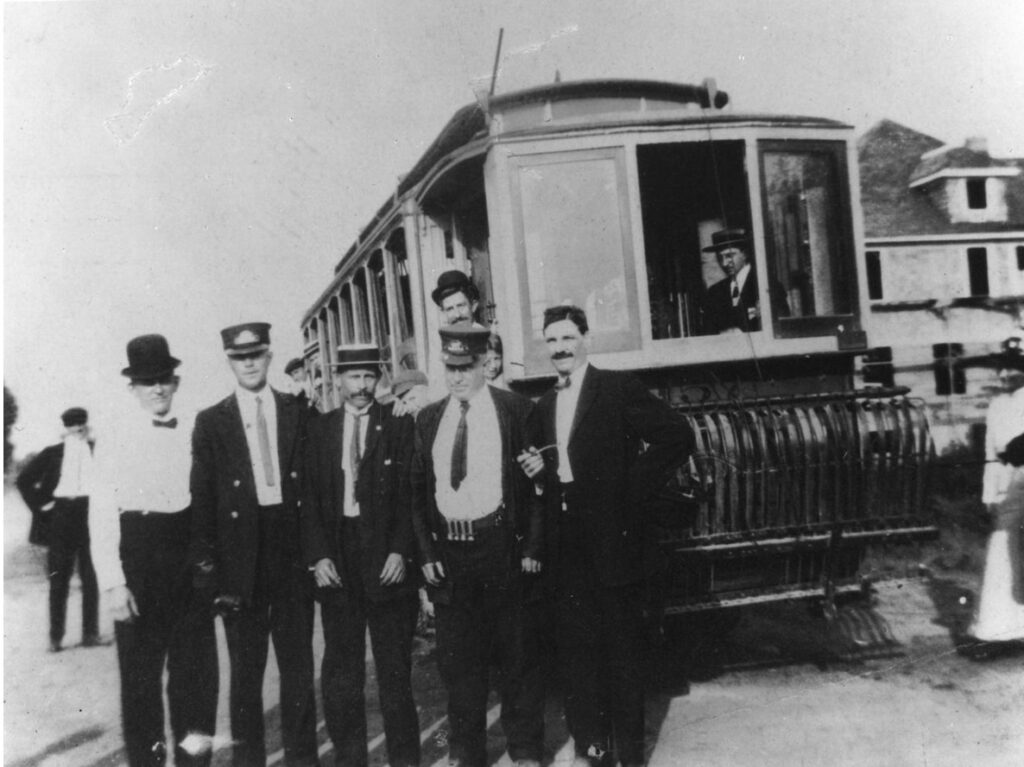
Kenilworth 100 years ago – Part 3
The only school was the McKinley School on the Boulevard at N. 18th St. and it was bursting at its seams with 400 pupils. The 18 high schoolers attended Roselle Park H. S. on a tuition basis. The school budget was $11,000. Today there are 840 elementary students, 370 in high school, and a budget of $29,912.000. Upsala College had its largest enrollment ever including senior Signe Swanberg. She became a long-time Kenilworth teacher and principal.
Back in 1920 the colorful Oswald Nitschke was mayor. Big issues of the day included extending water mains, planning for a sanitary sewer, and getting the county to adopt the Boulevard as a county road. Then have the county extend the Boulevard west past McKinley School to Springfield Ave. in Cranford. A wide path from McKinley School led to the Rahway River where locals and visitors fished, clammed, picnicked, bathed, and swam frequently often at a location along the river called Kenilworth Grove.
The fire department, established in 1912, bought land on Washington Ave. in 1920 to erect a one-bay firehouse erected by local contractor Antonio Tortora in 1921. Its first fire truck, a converted 1916-17 Vim truck, would no longer be housed in the Kenilworth Inn stable.
The police department had no real police chief. A councilman annually was designated as chief and authorized to carry a pistol. In late 1920 Alfred Vardalis was named a police officer. In 1921 he became our first “real” chief and served until 1930.
A trolley started at the Boulevard and 20th St. and ran to Michigan Ave., then down into Roselle Park and terminated at the Central RR of N.J. at Westfield Ave. The trolley was so busy in 1920 that late night and midnight rides were scheduled. One conductor, the legendary Elmer Guy, was known for many good deeds and giving free rides for fun to kids.
The Rahway Valley RR, running here since New Orange Days, was busy hauling freight to and from booming factories lined up along Market St. and Downtown at the end of Monroe Ave. Regular passenger service was down to one car and a small rail bus. All passenger service was to end before long. Freight service ended in 1992 and most of its track was torn up.
Kenilworth of 1920 was very different than today. It had no library, no supermarket, no high school, no cemeteries, a Boulevard to nowhere, no sanitary sewers so outhouses abounded, no real police chief, vast amounts of open land, a trolley, a railroad, some farms, and unpaved streets. Through the continued hard work and perseverance of many, Kenilworth continued to evolve into the fine community it is today.
Research provided by Walter E. Boright, Ed. D., historian; Historic Signs, Inc. Persons with inquiries about this or other aspects of Kenilworth history may contact Dr. Boright at drbori@aol.com or 908-256-5200.
